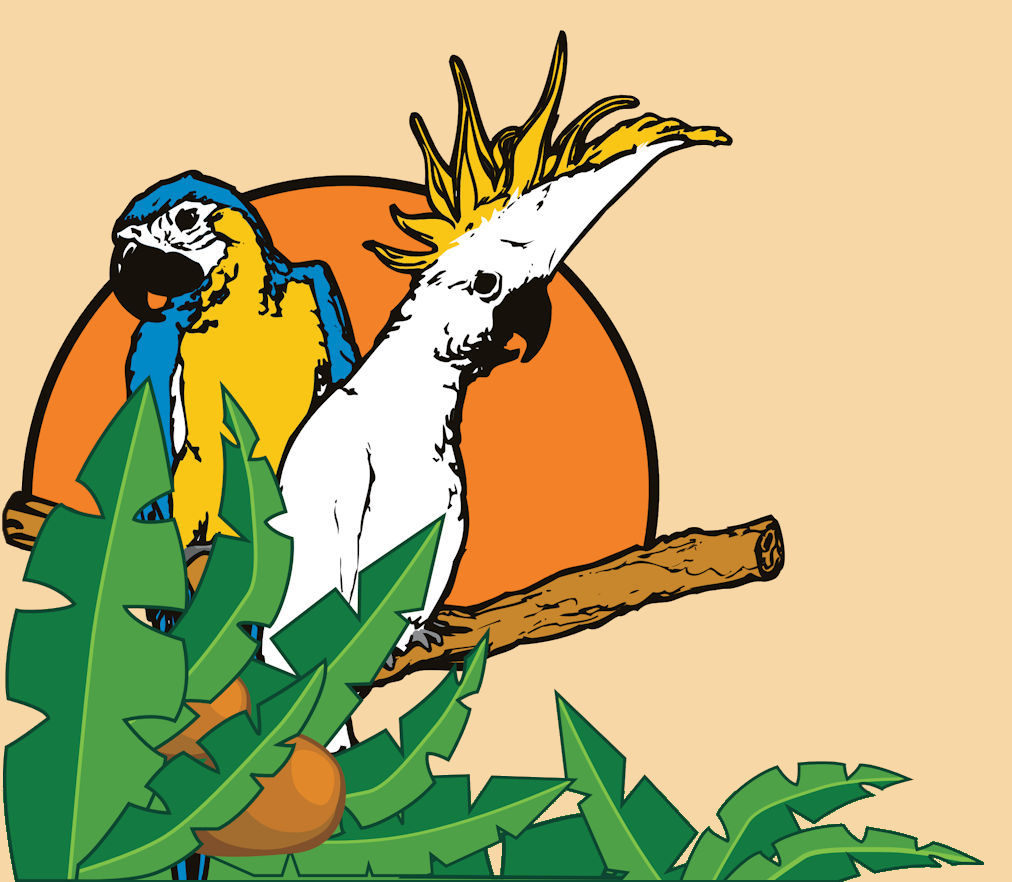When breeding birds, it is important for the parents and the babies to have a nest and quality nesting material. In the wild we observe nests constructed of twigs, grasses, bits of cloth, fur and hair. Small birds in captivity, like finches and canaries, also enjoy using a variety of materials to supplement their nests.
Hay and orchard grass: A stiffer, natural material that many birds, like grass finches, enjoy adding to their nests.
Coconut fiber: Prefered by canaries, coconut fiber is very fine and attention must be given so long pieces do not get tangled around the birds. Help prevent this by snipping it into smaller sections.
Fine string: One of the most commonly available materials, this can usually buy it already cut to appropriate lengths and inside a box you can attach to the cage.
Feathers: Some birds will use down feathers or molted feathers to line their nests, but sterile feathers can be offered as well.
*** Do not use feathers collected from the wild as they may contain harmful pests.
Cotton: A soft and light material, untreated cotton fiber is also a popular natural nest building material.
All of these materials can be offered in a bundle tied to the side of the cage, or in a box with a few large openings on the sides that the materials can be pulled out from. Sometimes finches and canaries will have preferences, so it may help to offer small amounts of different materials so they can choose what they like best.
For most parrots, they do not build nests, instead they prefer to find hollowed out logs or abandoned tree cavities. As pets, parrots use nest boxes, and most breeders use a layer of pine shavings in the bottom.
